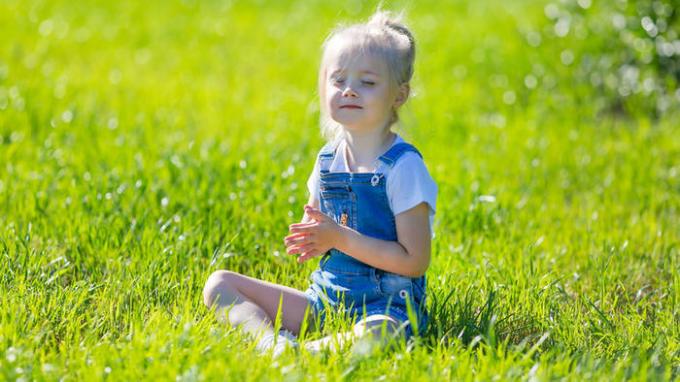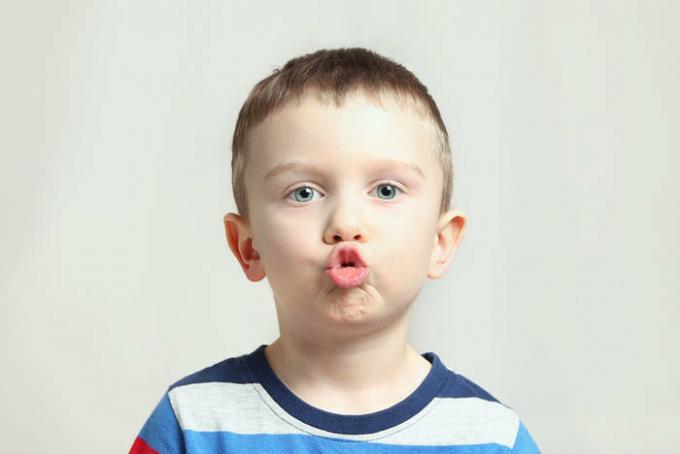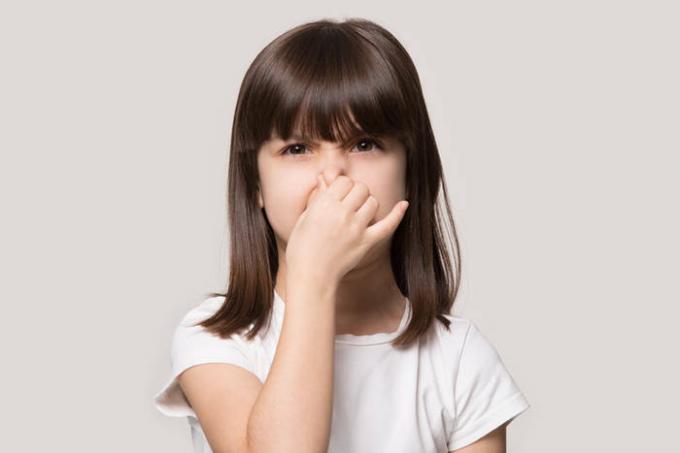How to strengthen a child's immunity through breathing? Make it a rule to do breathing exercises. Exercises in the form of games will appeal to children of all ages
Breathing exercises are now recommended for almost everyone. It works as a prevention of respiratory diseases, and as a rehabilitation therapy after suffering a coronavirus. However, it is not easy to get children to breathe in and out "at the expense": this activity is not interesting and tedious. Especially for babies, pediatricians have come up with a set of breathing exercises in verse. They are very simple, easy to remember and performed in a playful way.
The benefits of breathing exercises for children

In summer, breathing exercises are useful in the fresh air / istockphoto.com
Respiratory gymnastics directly affects the state of our immunity. It oxygenates soft tissues, increases the body's resistance to hypoxia and develops the lungs. In addition, breathing exercises stimulate the work of the heart muscle. This means they improve blood flow throughout the body.
Breathing exercises are even more beneficial for children. Speech therapists recommend doing it with babies who have problems with sound production or delayed speech development. Podiatrists say that breathing exercises help develop coordination of movements. And psychologists note that such exercises relieve excessive anxiety, remove aggression and irritability.
During gymnastics, the brain is intensively saturated with oxygen. That is, exercise improves cognitive performance. Therefore, it is so useful to do them before lessons or in between assignments, when you see that the child is tired and does not perceive information well.
How to do breathing exercises
The set of game exercises is suitable for children from an early age. They can be done with a child starting from one and a half to two years. Kids are happy to memorize couplets and perform the appropriate movements. After all, for them, this kind of exercise is more like a game. With young children, it is enough to repeat the exercises 3-4 times, but with preschoolers it is worth bringing the repetitions up to 10 times.
"Hours"
- The clock goes forward
- They are leading us.
Starting position: stand straight, legs slightly apart. Swing your arms forward - tick (inhale). Swing your arms back - like this (exhale)
"Grow Big"
- I want to grow up soon
- I will be kind to people
Starting position: stand straight, legs slightly apart. Raise your arms up, stretch, rise on your toes (inhale). Open your hands down, stand on your entire foot, exhale loudly through your mouth ("uhhh")
"Geese are flying"
- Geese fly high
- They look at children
Starting position: stand straight, legs slightly apart. Raise your arms to the sides (inhale). Put your hands down, noisy exhalation ("guuuu").
"Blowing out the candle"

Exercise "blowing out the candle" stimulates the speech apparatus / istockphoto.com
- Take a deep breath
- To blow out the candle for us
Starting position: stand straight, feet shoulder-width apart. We take a free deep breath, hold our breath. We fold our lips with a tube and make three intermittent exhalations ("fu", "fu", "fu")
"Pendulum"
- Left-right, left-right,
- And for the zetas, let's start over
Starting position: stand straight, legs slightly apart, hands on the belt. Tilt to the right (inhale). Tilt to the left (exhale)
"Wind"
- A strong wind suddenly blew
- The tears from our cheeks blew away
Starting position: stand straight, legs slightly apart. Take a full breath, sticking out your stomach. Exhale fully through the mouth, drawing in the stomach ("fuuuu").
"Breath"

Alternating nostril breathing is good for the nasopharynx / istockphoto.com
- Pinch the nose with your finger
- And breathe quietly
Starting position: stand straight, legs slightly apart. We pinch the right nostril with the index finger of the right hand, take a quiet, long breath. As soon as the inhalation is over, we pinch the other nostril and exhale.
"Rooster"
- The cockerel cries in the morning
- Good afternoon, it's time to get up
Starting position: stand straight, legs slightly apart. Raise your arms to the sides, take a deep breath. As you exhale, clap your hands on your hips, saying "ku-ka-re-ku."
"Waves"
- A wave is followed by a wave
- No bottom is visible under the wave
Starting position: sitting on a chair. One hand rests on the chest, the other on the stomach. As we inhale, we stick out our stomach and lower our chest. On the exhale, on the contrary, we pull the stomach towards the back and push the chest forward.
You will also be interested to read:
20 psychologist games to help your child release anger
TOP 5 kinesiology games for memory development

